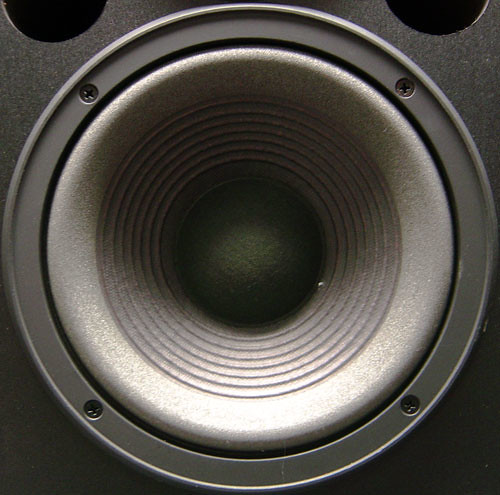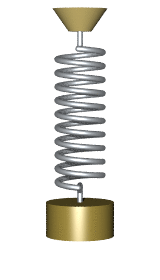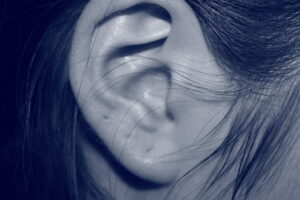Harmonic oscillator examples include even mechanical examples; some include electrical examples and system which executes simple harmonic motion.
Mentioned furthermore are a few harmonic oscillator examples:
Pendulum
The pendulum is a weight suspended from the point of axis for its free flow swinging sideways. When this pendulum is supplanted from its equilibrium position, it starts to oscillate sideways back and forth. The oscillation is regular and is in simple harmonic motion.
Any system that acts in simple harmonic motion comes under a harmonic oscillator. A simple harmonic oscillator is a type of harmonic oscillator. A system is said to be under simple harmonic oscillation when the restoring force is proportional to the displacement.
In a pendulum, the restoring force plays a vital role. The pendulum is sometimes called a pendulum bob. Now when the bob is displaced from its equilibrium position, it swings back and forth harmonically.
Restoring force acts on the pendulum so that the pendulum bob’s swing decreases slowly and the amplitude decreases. Another significant point to remember is that Hook’s Law attributes to this oscillation of the pendulum.

Subwoofer
A subwoofer is a device created to produce low pitch frequency. It has audio frequencies that are low based. The membrane in a subwoofer is said to make harmonic oscillations when the subwoofer delivers low audio frequency.
The subwoofer is a device that comes under a driven oscillator. The membrane in a subwoofer oscillates with constant amplitude producing a harmonic oscillation in the process. So this is an excellent harmonic oscillator example.
Inside a subwoofer is present a driver’s cone, which vibrates when it amplifies electric current into sound. This sound is nothing but the result of the back and forth harmonic oscillation. And the sound is the low base frequency with a low pitch.
We know the setup of a subwoofer and how it works, but we also need to know the presence of a driver’s cone. The driver’s cone is the mechanical part of any speaker system. This converts electrical energy into sound by creating an air space within. And this gives harmonic oscillations.

RLC Circuit
In an RLC circuit introduction of a resistor gives the harmonic oscillation as the LC combination does. This resistor reduces the oscillations in the circuit, therefore, producing low base frequency and decreasing the peak resonant frequency.
The resistor added in an RLC circuit reduces the harmonic oscillations. And this is known as damping. Damping is the one that reduces the oscillations, letting it decay. So for an RLC circuit to act appropriately as a harmonic oscillator, the resistor should be added in parallel and series.
So, in parallel resistor should be added in such a way so that the oscillations do not decay. And in series resistor must be added in small so that the resistance in the circuits is made as small as possible, so the damping doesn’t affect the oscillations.
By changing the resistance according to or equivalently by deciding the damping factor by changing the resistance in a circuit, issues such as dielectric loss in coils and capacitors can be brought up and solved.
Basically, in an RLC oscillator, two types of oscillators come into play, the mechanical oscillator, and the electrical oscillator. One of the main features of the RLC circuit is that it decays even during oscillations. The driven oscillator provides a sinusoidal signal through harmonic oscillations resulting in a sine wave instead of a square wave.
Mass-Spring System
A mass-spring is the system where two more masses are suspended from a rigid support. And the oscillations of the mass from its equilibrium position back and forth are evaluated.
For example, let us consider two springs having two masses, each suspended from the rigid support. The spring constant for both springs would be the same, but the mass may differ. When a mass weighing lighter than the other mass weighs more is suspended, the period of oscillations varies.
Smaller mass will oscillate harmonically less than the mass that is larger than the less suspended mass. The configuration of the masses can be explained by the general coordinates of the two systems.
This is done by considering how far the systems oscillate from their equilibrium position back and forth, finally coming to rest due to the restoring force acting upon them naturally.
The mass-spring system is generally used in equipment where the vibrating part is set apart from the supporting element. For example, in a lightweight roof system, this mass-spring concept is put in to separate it from any loud equipment that is under high vibrations.

Bungee Jumping
Bungee jumping is an excellent harmonic oscillation example. Also, this exhibits the simple harmonic oscillations in a better way. The up and down oscillations of the bungee cord from its equilibrium position explains clearly the simple harmonic oscillations present in the system.
The basic concept of harmonic oscillation in bungee jumping is that the oscillation occurs after the free fall of the jumper. The jumper is tied to the bungee cord, which moves up and down from the equilibrium position. The weight to be suspended in the cord is in accordance with the length of the cord. In this way, Hooke’s Law (F=kx) is obeyed.
The jumper experiences a free-fall, after which harmonic oscillation comes to action. The jumper moves up and down, which happens when the bungee cord oscillates to and forth from the equilibrium position.

Cradle
Cradle exhibits the simple harmonic motion in play. A single push given to the cradle makes it oscillate to and fro from its equilibrium position.
When the cradle is given even a slight push, it oscillates from equilibrium position back and forth. And this comes to rest when the oscillations decrease, making the amplitude smaller. The to and fro motion is period and is said to have simple harmonic oscillations.

Auditory Perception
Auditory perception is also known as the sense of hearing in human beings. This process is carried out when sound waves enter the eardrum causing the vibrations to and fro, and finally, the sound is heard by our human ear.
The sound waves travel through the membrane of the ear canal, oscillating back and forth in periodic motion. This is called simple harmonic motion (oscillation). Both the eardrums oscillate back and forth for four cycles and are associated with the movement of the eyes.

These above mentioned examples help us understand the concept of harmonic oscillations in a better way.
Also Read:
- Examples of centrifugal force
- Tetrahedral molecule examples
- Disulfide bonds examples
- Reallife resonance examples everyday faq
- Interference of light examples
- Alkyl halide examples
- Sliding friction examples
- Electrostatic force examples
- Radiation heat transfer examples
- Osmosis examples
Hi…I am Keerthana Srikumar, currently pursuing Ph.D. in Physics and my area of specialization is nano-science. I completed my Bachelor’s and Master’s from Stella Maris College and Loyola College respectively. I have a keen interest in exploring my research skills and also have the ability to explain Physics topics in a simpler manner. Apart from academics I love to spend my time in music and reading books.
Let’s connect through LinkedIn